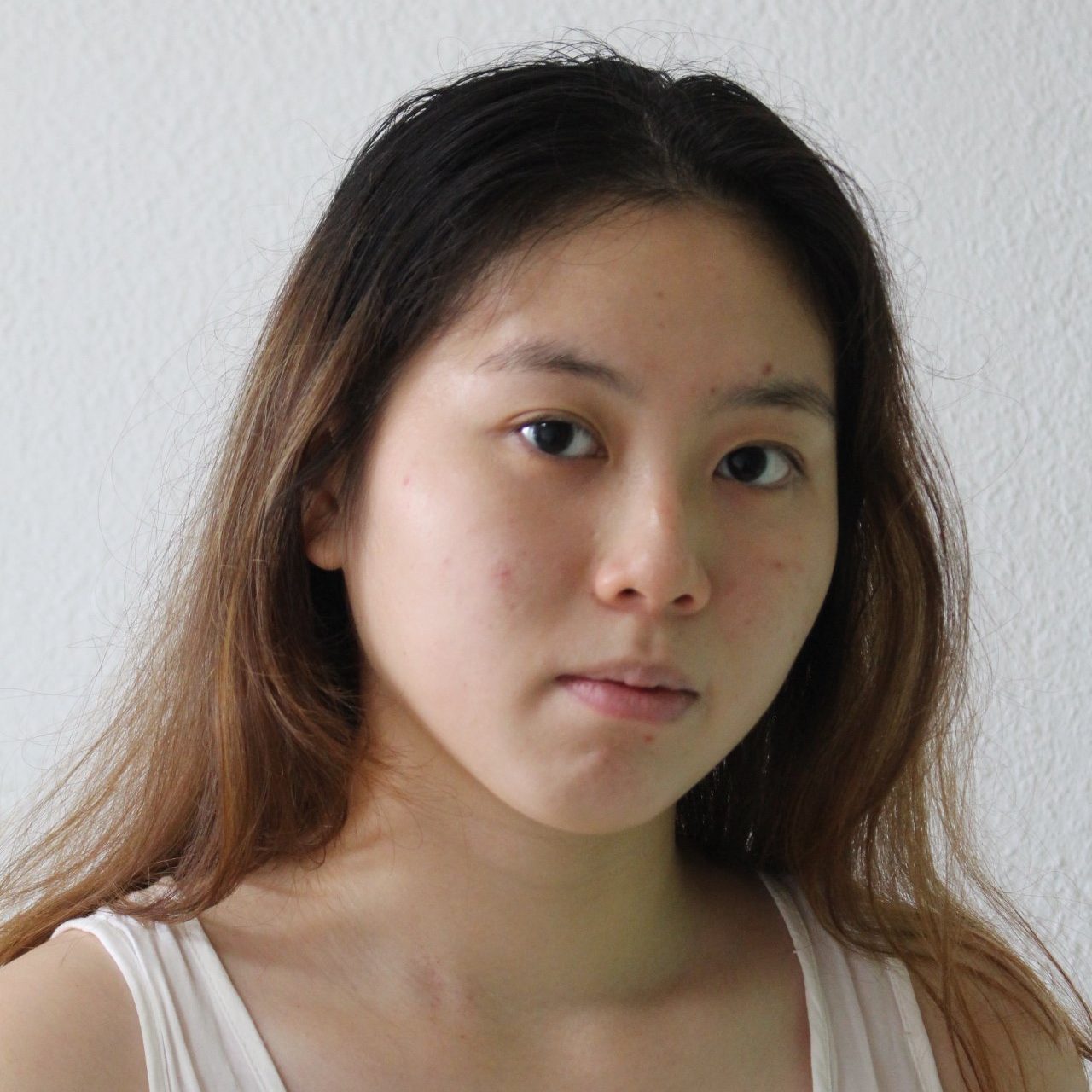
This was my initial proposal: https://docs.google.com/document/d/1wMZOfx4MIOI3l2ymYVhpaffsdDNaIMZS2Lm2gKmiOe0/edit?usp=sharing
Feedback from Serena:
- Concept relatively strong
- With regards to the commentary, I needed to have more focus on the element of ‘time’ rather than my experiences- the linkage needed to be stronger.
Hence, I updated my commentary:
https://docs.google.com/document/d/1NDRa84T02PsZCikC0jTSyu0HgKuCnk1N3Ux4wSl6OyA/edit?usp=sharing
I made it more explicit by separating it into paragraphs of ‘time passing slowly’, ‘time passing fast’ and ‘time not measured w my experiences anymore’.
In order to incorporate more time elements,
Within ‘time passing slowly’, I used actual minutes to depict the slowness.
Within ‘time passing fast’, I used the comparison within past and now.
Work in progress:
There were a few distinctive changes I made to my video.
- I wanted to give my video a context- why I went off Instagram.
So, I got my friend who inspired me to get off instagram to record what he told me:


His recording was use in the background in the first portion. - While editing I realised that the time I need to insert the stop motion of the clay morfying was too long for it to just cover my voice-over of 2 lines. ‘At first, time past really slowly’ and ‘time feel like it was zooming pass’ so I decided for it to cover the last para instead. This was for the better since I wanted to audience to give attention to the lines of the last para instead of being over-whelmed by the visuals.
- Subtitles
Besides the fact that yellow is most read-able colour to use for fonts, I wanted to use yellow fonts also because it will add on the indie-film edit i was going for. Very much like: Caroline Koning’s Love storiesChallenge:
So, since was a personal project turned to 4d project which went on for about 6 weeks, I had ALOT OF FOOTAGES.

This meant that I needed to think of which to filter and how to arrange.
I mainly took inspiration from Wong Kar Wai’s works.Rain shots:
I used a lot of rain shots, both in day and night time to evoke a sense of sadness and loneliness. This was when time felt the slowest.Dynamic camera movements:
I used such shots when time picked up just to show that everything wasn’t still and to show contrast to the previous segment.
FINAL FILM:
Time was our zero-sum game- https://www.instagram.com/tv/BqMCknIHN56/?hl=en
Reflection:
I really enjoyed the project, it gave more depth to just a simple personal project. I came to realise time is a very unexplored genre I have yet to play around with- excited for more to come next sem.
I really you guys enjoyed the piece!
Here is the reaction and feedback I got from the class: https://youtu.be/Rbdu1IYg_nE




